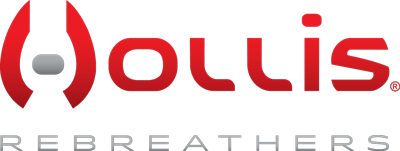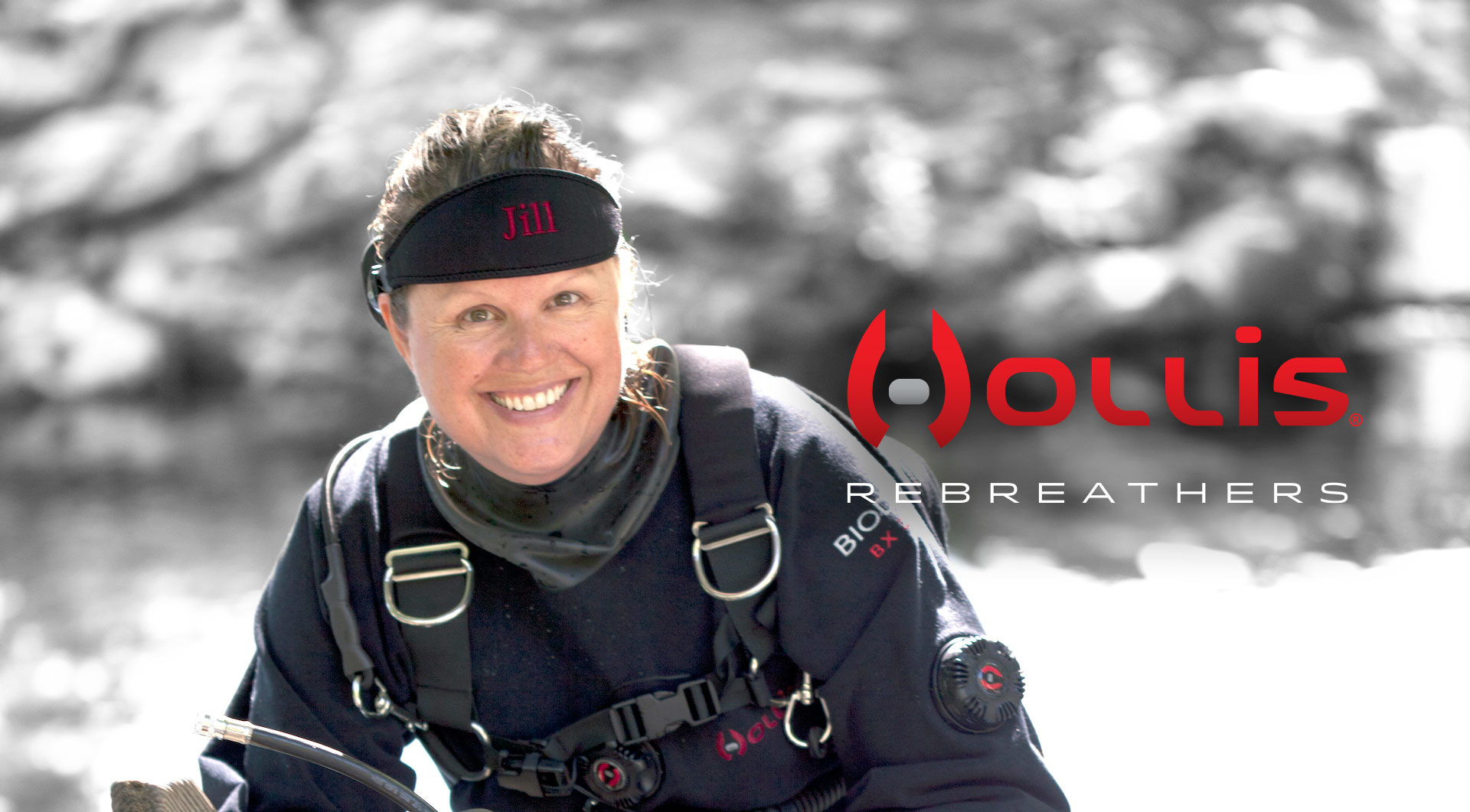People often ask me how to calibrate a PRISM 2 Rebreather. Proper calibration ensures you are referencing an accurate PO2 reading. It is one of the most critical procedures for preparing a rebreather.
Each time you calibrate your rig, you are teaching the unit to read PO2 correctly. A particular oxygen fraction is applied to the sensors for a required period while referencing the known partial pressure of that gas.
How to Calibrate Your Dive
When you calibrate, the result is specific to that day: oxygen fraction, location, humidity, barometric pressure, particular cells, etc.
When you follow the checklist and flood the unit with oxygen, it is asking you to apply a known partial pressure of 1.0 to the loop. If the loop is over-pressurized, you may be inadvertently causing a higher partial pressure.
How does this happen? If you flood the loop with pure oxygen and the loop is kept closed, then oxygen will flow into the head, and be trapped. The loop can become over-pressurized. You may be creating a partial pressure of 1.1 ATM instead of 1.0 ATM. If you “confirm” the oxygen calibration in this state of over-pressurization, then subsequent readings will be inaccurate.
The result of the above action is a reading that is lower than the actual PO2 in the loop.
Garbage in. Garbage out. Take time to carefully calibrate with the frequency and technique recommended by the manufacturer.
How to Calibrate Your PRISM 2 for Altitude
If you dive at altitude, you need to set up the controller for accurate calibrations. If you fail to account for the altitude, you risk giving your onboard computer inaccurate pressure data, resulting in an incorrect calibration.
For example: If you flood the loop with pure oxygen in the mountains, the atmospheric pressure is not equal to 1.0. The higher the altitude, the lower the pressure inside the head. If you calibrate without letting the computer know that you are at a lower atmospheric pressure, you will inform the computer that a lower pressure of, let’s say, 0.80 is equal to 1.0. At depth, you may think you are breathing a PO2 of 1.2 but are only inspiring 1.0. An incorrect calibration could result in hypoxia or decompression illness.
If you calibrate your unit before rising to altitude, everything will read properly. If you must stay at altitude for a series of diving days and recalibrate, ensure the altitude is set to “Auto” and not to “SeaLvl.”
The altitude setting in the controller compensates for pressure changes when diving at altitude if it is set to “Auto.” When diving at altitude, you must turn the computer on before submerging. If the auto-on safety feature activates the computer after a dive has started it will assume the surface pressure is 1013 mBar.
Calibrate Your PRISM 2 Rebreather HUD
The HUD is slightly trickier. The calibration is not registered in the lighting unit in front of your mask. It is held in the electronics in the head.
The PRISM Electronics Manual provides a detailed description of how to calibrate the HUD at altitude. In a nutshell, you will unplug the HUD from its DiveCAN connector and swap it with the controller handset. Then calibrate the controller and swap the unit back to their original position. Always check that the controller and HUD agree with each other to confirm you did everything properly.
NOTE: Remember that setting .19 as your setpoint may NOT shut off the solenoid if you are above 3000 ft / 914 m altitude.
Review Your Calibration Checklist
The easiest way to avoid calibration issues is to review this list:
- Analyze oxygen for purity and accuracy.
- Know your altitude.
- Ensure a thorough flush of the loop or head prior to registering calibration.
- Ensure that the loop or head is not over-pressurized.
- Replace oxygen sensors early and often.


